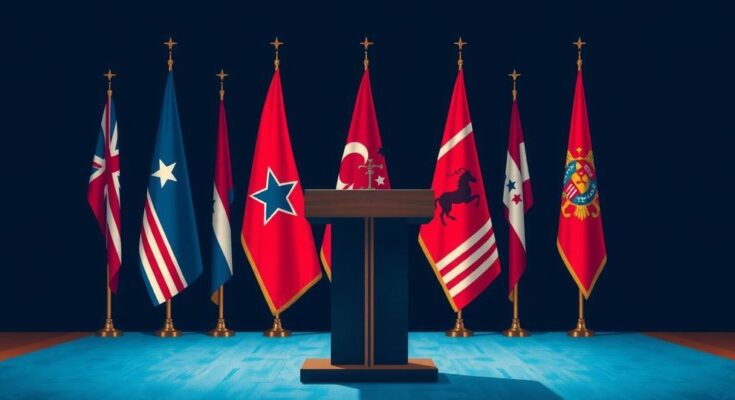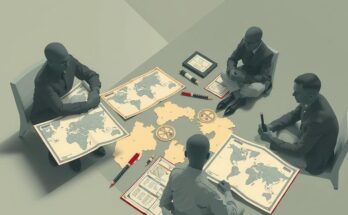Tensions mount as U.S. officials defend strikes on Iran, criticising the media’s narrative. The conflict’s aftermath remains uncertain, with much still left to unfold from this volatile situation.
Tensions rise over U.S. strikes on Iran
Tensions Rise Over U.S. Strikes on Iran The atmosphere was thick with tension as Defense Secretary Pete Hegseth and General Dan Caine tackled the latest accusations from the media regarding U.S. strikes on Iran during a press conference. The briefing, held on a rather ordinary Thursday morning, aimed to counter a leaked intelligence report suggesting these strikes only delayed Iran’s nuclear ambitions by a few months. As the world watched, the U.S. officials struggled to convey the full scope of the situation. The stakes are high, and opinions are fiercely divided.
Hegseth denounces media’s reporting
Hegseth Denounces Media’s Reporting From the get-go, Hegseth didn’t hold back in his criticism of journalists, calling them out for an incessant search for scandal. He claimed reporters have blatantly overlooked crucial events, like the U.S.’s notable increase in military recruiting and the heightened financial commitment from American allies in Europe toward mutual defence. His frustration poured out as he urged the importance of understanding the broader picture, rather than focusing narrowly on “scandals.” It was an assertive reminder of how he perceives media bias impacting public perception.
Trump’s reactions to the briefing
Trump’s Reactions to the Briefing Meanwhile, President Donald Trump was seemingly glued to the news coverage of the briefing, taking to social media to urge followers to ‘Watch it!’ His interest in the proceedings wasn’t just casual. In what seems to be another bold claim, he made a sweeping assertion about the media, suggesting those who misreported on the intelligence assessments would soon face consequences. This statement hints at the high stakes for Trump; with the election looming, public reaction to military actions could significantly influence voter sentiment.
Assessing the damage from strikes
Assessing the Damage from Strikes As the hour progressed, Hegseth downplayed the significance of the preliminary assessment indicating that the U.S. strikes had only temporarily hindered Iran’s nuclear capabilities. In his view, the reports had not been verified by all intelligence channels, thus giving a skewed picture of the aftermath. He argued that other agencies had offered more optimistic evaluations regarding the level of damage inflicted on Iranian facilities, which was clearly an attempt to paint a more favourable light on the U.S. military’s achievements.
Military narrative takes precedence
Military Narrative Takes Precedence General Caine, too, took the opportunity to redirect focus back on the military’s valor, recounting the considerable effort from American troops during Iranian missile attacks. By highlighting the bravery of 44 service members in Qatar during what they fought off as ‘the largest single Patriot engagement in U.S. military history’, there was an evident shift away from strategy debates to celebration of heroism. One has to wonder: was this narrative a tactic to deflect criticism of the wider military strategy?
The uncertain path ahead
The Uncertain Path Ahead With the dust far from settled, Hegseth emphasised the unpredictability surrounding the full implications of the strikes. He notably expressed disdain for what he referred to as “biased leaks” ahead of the conference, reiterating that much was still unknown about the state of the Iranian nuclear programme. What remains particularly concerning is whether Iran could quickly recover from the damage inflicted or if it had managed to secure its enriched uranium ahead of the attack. In his typical assertive manner, Hegseth dismissed the notion that anything critical had been moved in anticipation of U.S. strikes, but the uncertainty hangs like a cloud over the narrative.
In summary, the press conference shed light on the complex and testing dynamics following the U.S. strikes against Iran. Hegseth’s assertions about the media, Trump’s reactions, and the uncertainty surrounding the damage all create an intricate web of factors influencing public perception and future developments. As time ticks away post-strike, the geopolitical chess game continues, leaving many questioning the real impact on Iran’s nuclear ambitions and regional stability.




